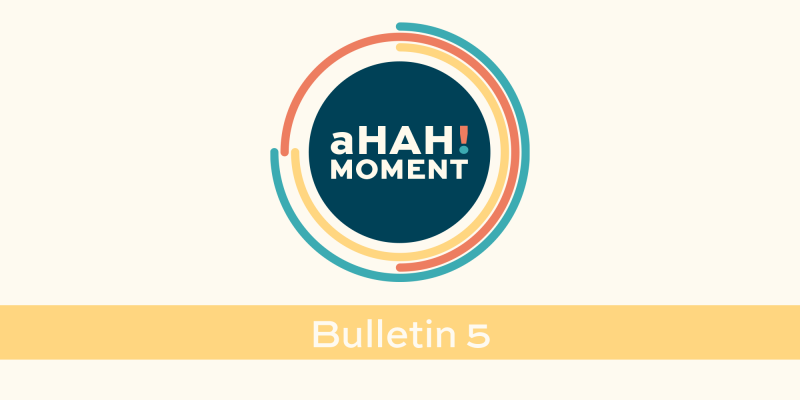Cilazapril unplugged – what alternatives?

If you would like to view a PDF version of the bulletin, click here.
Cilazapril unplugged – what alternatives?
Wanting to start your patient on an ACE inhibitor? Writing a prescription for cilazapril? Stop – funding status has changed!
Cilazapril is no longer funded for new patients. And prescribers are being asked to consider switching existing patients on cilazapril to an alternative medicine – cilazapril prescriptions for these patients must now be endorsed.1
So, what other funded agents block angiotensin II effects, and how do they differ?
Among the ACE inhibitors class and in adult patients, quinapril, enalapril, lisinopril and perindopril are funded; the latter three were used in clinical trials to inform guideline recommendations. ACEI inhibitors’ benefits and risks are similar across the class, and all have comparable contraindications, cautions and medicines interactions.2
Alternatives to ACE inhibitors include angiotensin II receptor blockers (ARBs); those funded are losartan and candesartan. Valsartan in combination with sacubitril is funded under Special Authority for chronic heart failure and in primary care would generally be used if an ACE inhibitor is not tolerated.2
If angiotensin II blockade is not desired, calcium-channel blockers or thiazide diuretics can be offered first line, with beta-blockers second line, in patients with hypertension.2
ACE inhibitors/ARBs – often interchangeable
ACE inhibitors and ARBs have similar effectiveness when used to treat hypertension (including in type 2 diabetes), chronic renal disease and diabetic nephropathy, in primary care.2
In patients with normal blood pressure, albumin-creatinine ratio and glomerular filtration rate, ACE inhibitors and ARBs are not protective against diabetic kidney disease. However, they have been shown to delay progression to end-stage disease once DKD is established.3
Adverse event profiles differ between the two classes, but ARBs are generally better tolerated than ACE inhibitors, mainly because the dry, irritating cough often reported with ACE inhibitors is infrequent with ARBs.4
Combination ACE inhibitor and ARB generally does not confer additive benefit and increases adverse event rates; it is typically initiated in secondary care.2
Cilazapril – going, going, gone
Cilazapril is no longer funded for prescribers wanting to initiate patients on ACE inhibitors. Funding ceased on 30 April 2021 because of vulnerability to shortages, should the sole manufacturer for cilazapril’s active ingredient have difficulties fulfilling orders.1
Prescribers wanting to block angiotensin II effects can consider the remaining funded ACE inhibitors or angiotensin II receptor blockers. ACE inhibitors and ARBs are similarly effective for hypertension, chronic renal disease and diabetic nephropathy, but ARBs are better tolerated.2 ACE inhibitors are preferred over ARBs first-line for heart failure and post myocardial infarction.2
References
- Pharmac. Cilazapril: No new patients from 1 May 2021. 10 May 2020. https://pharmac.govt.nz/medicine-funding-and-supply/medicine-notices/cilazapril/
- BPACnz. Prescribing ACE inhibitors: time to reconsider old habits. March 2021. https://bpac.org.nz/2021/ace.aspx
- BPACnz. Slowing progression of renal dysfunction in patients with diabetes. June 2019. https://bpac.org.nz/2019/renal.aspx
- Li ECK, Heran BS, Wright JM. Angiotensin converting enzyme (ACE) inhibitor versus angiotensin receptor blockers for primary hypertension. Cochrane Database of Systematic Reviews 2014:CD009096.pub2.